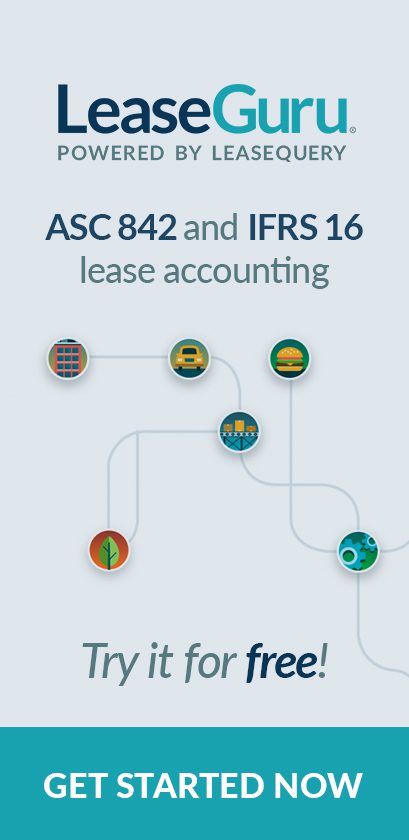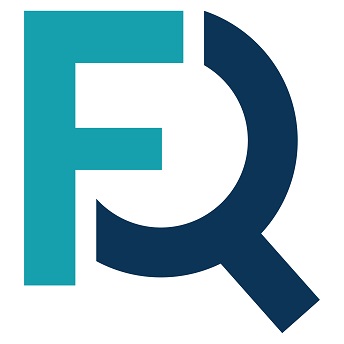After much delay, the compliance deadline for the new lease accounting rules is fast approaching. The new rules call for a significant change in the way companies account for their leases. All leases with terms longer than 12 months are going on the balance sheet, the classification rules have changed, and accounting for lease modifications and terminations is much more complicated.
Managing the transition and ongoing compliance can be a major burden for small businesses with limited accounting resources. Here are five tips to help you ease small business lease accounting.
1. Watch out for lease accounting pitfalls
It’s easy to fall into the trap of thinking that only large businesses with a high volume of leases need to do heavy lifting to comply with the new standards. But there are many pitfalls that small businesses must know and avoid.
Embedded leases
The new standards require that businesses review all of their contracts to determine if they contain embedded leases. Contracts that you view as service arrangements may actually contain leases for equipment or space. For instance, your security services contract may include leases for scanners or cameras. A logistics services arrangement may contain a lease for warehouse space or trucks. Many companies have noted that identifying embedded leases is the most challenging aspect of the lease accounting transition. Even if your business is small, you’re not exempt from performing this evaluation.
Communicating with your auditors
Some aspects of the new lease accounting rules require you to make decisions based on your interpretation of the standards and your lease arrangements, such as whether you decide to take practical expedients. It’s important to proactively discuss these things with your auditors to ensure you’re on the same page. The last thing you need at your year-end audit is a surprise. Communicate with them proactively as you make decisions so that you’re both aligned before you create your financial reports.
2. Centralize all lease data in one place
With everything you have on your plate, managing your lease data may not be a priority. Attracting and retaining customers and managing vendors requires a lot of your attention and focus. As a result, it’s easy to become lax about organizing your lease documents. That can create serious headaches when you need to report on your leases or locate important documents.
Even if you only have a few leases, keeping all of your documents and data in a central location will make it easy to create your financial reports and manage your leases. Many companies choose to use Excel for this purpose. However, it can’t house lease documents and it can be time-consuming to build out your Excel spreadsheet to perform the complex calculations you need for compliance.
Instead, consider using a cloud-based platform to house all of your lease documents. The best lease accounting software systems often come with reporting features and can even automate the calculations you need to create your financial reports. Plus, they make remote work easier by allowing you to access lease data from anywhere.
3. Don’t let the delay drive you to rest on your laurels
Private companies have been given multiple reprieves from the lease accounting compliance deadline. When ASC 842 was first issued, the compliance deadline for private entities was January 1, 2020. However, due to reported transition difficulties among public companies, the FASB pushed the deadline to January 1, 2021. And then, in light of the COVID-19 pandemic, the effective date was moved once again to January 1, 2022.
Many companies may see those delays as a reason to postpone the start of their transition. But as noted in the previous tips, there are potential pitfalls to avoid. We advise that all companies use the extra time to assess their leases, review the guidance in depth, and communicate with their auditors. The delayed timeline offers an opportunity to integrate the transition into your existing processes, so you can spend a little bit of time on it every week instead of scrambling at the end of the year.
4. Brace for the impact on lease vs. buy decisions
With leases going on balance sheet, many organizations are rethinking their approach to making decisions about whether to lease or buy assets. Under the old rules, lease liabilities were opaque, which made it a more attractive option than buying assets from a financial reporting perspective. Now, companies must assess whether the benefits of leasing still outweigh those of buying.
Of course, there are considerations beyond just the balance sheet. Leasing grants you flexibility. It allows you to use the latest equipment, sometimes without having to worry about maintaining it. From a real estate standpoint, leasing enables you to lease properties that fit your current budget and needs, even though you know you’ll eventually outgrow them. Buying has its benefits as well. It gives you full rights to use the asset however you choose. You gain all economic benefits of the asset, which can be especially beneficial in the case of real estate property that has value that appreciates over time.
With these considerations in mind, the new standard actually allows you to make more informed lease vs. buy decisions. Many companies don’t reexamine their lease arrangements on a regular basis. They simply continue to lease the same assets over and over because they see no reason to reevaluate the lease vs. buy decision that they made long ago. But, a byproduct of the new lease standard is that it gives you more insight into your financial obligations around your leases. With that information, you can make more well-informed decisions about whether to lease or buy.
5. Consider using a lease accounting software
With all the new changes required by the new lease standard, small businesses should consider investing in lease accounting software to ease the transition and ongoing compliance. It can make a major difference in ensuring your transition is efficient and accurate, which is well worth the investment. LeaseGuru, powered by LeaseQuery, is an affordable lease accounting software made just for small businesses.
Entering the first two leases is free, and premium plans start at only $250 per year. It’s an ideal solution for small businesses with limited resources who need to meet the rigorous requirements of the new lease guidance. Because we understand that you don’t have the same resources as your counterparts at larger companies, we’ve made implementation easy – no long, complicated onboarding process is required. Simply create your free account to get started.
These five tips are sure to help ease small business lease accounting woes. And as your business grows and your lease arrangements evolve, these practices will also make it easier to scale your accounting processes and present a more accurate picture of your financial obligations to investors and other key stakeholders.








